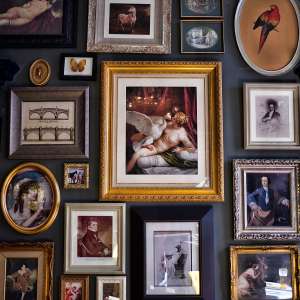If you look closely, very closely, you can see it in the corner of the hunkered hare’s eye: not merely a pair of concentric glints echoing from its dark cornea, but a portal to the past. A miracle of focused observation and precise draughtsmanship, the famous watercolour, which faithfully transcribes every soft filament of the mammal’s fur, was created by pioneering German Renaissance painter, printmaker, and theorist Albrecht Dürer in 1502. It is now among the highlights of a new exhibition at the Albertina Museum in Vienna devoted to Dürer’s genius – an event that marks only the ninth time that the painting has ever been displayed in public.
The reverberating gleam in the hare’s right eye, according to Christof Metzger, who curated the exhibition of more than 200 paintings, drawings and prints, is actually a reflection from inside Dürer’s studio, where the work was made – a magical touch that collapses the distance between observers of the masterpiece today and the bygone world that the artist inhabited half a millennium ago. “It’s really fascinating,” Metzger explained to BBC Culture about the most popular work in the Albertina Museum’s collection. “This animal materialises on paper in his workshop, and in the eye of the painted hare you can see his workshop’s window.”











































